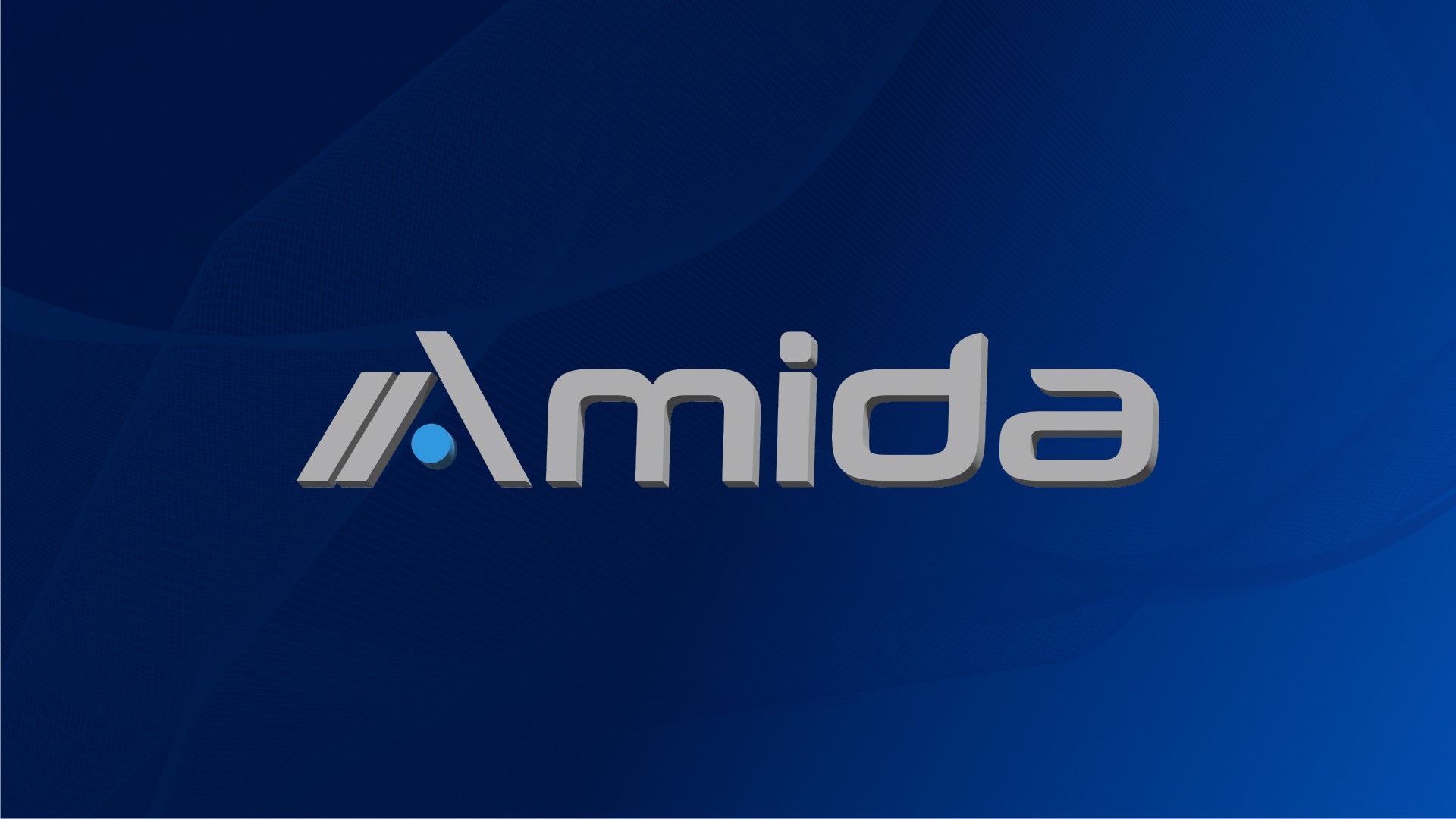Ryan M. Harrison
Mike Hiner
Henry Mayen Velasquez
Amida Technology Solutions, Inc.
December 2021
Summary
The day-to-day development of FHIR standards takes place within a dynamic ecosystem of working groups. These working groups collaborate among themselves, and with other healthcare entities to author FHIR implementation guides, which tailor the base FHIR specification for specific use-cases. We summarize the history, purpose and mandate of the three most important FHIR groups for payors: CARIN Alliance, Da Vinci Project and The Sequoia Project.
CARIN Alliance
Know for short-term implementation of the CMS Patient Access Rule
As the creator of FHIR, Health Level Seven International (HL7) is the largest and most important player in the ecosystem. Recognizing the need for convening stakeholders around thematically, HL7 has chartered seven distinct FHIR accelerators,1 each of which has a specific thematic mandate. These accelerators provide thematic forums where representatives from a variety of health-related companies and institutions can discuss and develop FHIR standards and protocols; thereby, reducing redundancy and improving coordination between stakeholders.
The CARIN Alliance is a part of the HL7 FHIR Accelerator Program, which was designed to assist implementers in the creation of FHIR Implementation Guides and other informative documents. As a project under the program, the CARIN Alliance is focused on helping consumers and caregivers gain digital access to their health information via open APIs.
CARIN has five workgroups tasked with overcoming barriers to Consumer-Directed Exchange:2,3
- Consumer ID & Authentication
- Health Plan
- Policy & Regulatory
- Real-Time Pharmacy Benefit Check (RTPBC)
- Trust Framework and Code of Conduct
Payors, provider , B2C consumer-directed application companies and B2B health data technology providers are all well represented among CARIN’s membership; for example, selected:
- Payors: Blue Cross Blue Shield Association (BCBSA), Cambia Health Solutions
- Providers: New York Presbyterian
- B2C: b.well Connected Health, OneRecord
- B2B: Electronic Health Records Alliance (EHRA), Health Gorilla
Da Vinci Project
Know for medium-term adoption of value-based care
The Da Vinci project, also an HL7 FHIR Accelerator Program member, aims to help payers and providers positively impact clinical, quality, cost, and care management outcomes. Da Vinci, formed in January 2018, has a (relatively) open business process that enables payers, health systems, and other industry participants to identify and enumerate use cases that involve managing and sharing clinical and administrative data between industry partners.
Notably, of the 20 founding members4 of the Da Vinci project, six are a part of the Blue Cross family of companies. Founding members include BCBSA, Blue Cross of Idaho, BCBS Michigan, BCBS Tennessee, BCBS Alabama, and Cambia Health Solutions.
Members of the Da Vinci project work together to solve interoperability challenges by adopting HL7 Fast Healthcare Interoperability Resources (HL7 FHIR) as the standard for value-based care. This is achieved through their payer-focused used cases. Early use cases serve as a building block and framework that can be improved over time. Their “Use Cases Inventory” is comprised of 18 use-cases in 5 distinct domains: 5,6
- Quality Improvement
- Coverage & Burden Reduction
- Member Access
- Process Improvement
- Clinical Data Exchange
The Sequoia Project
Know for long-term transition towards trusted exchange
The Sequoia Project is an independent non-profit created to advance the implementation of a secure, interoperable, nationwide health information exchange. In 2012, the Department of Health and Human Services’ (HHS) Office of the National Coordinator for Health Information Technology (ONC) transitioned the management of its eHealth Exchange to The Sequoia Project. eHealth Exchange developed a standardized approach for exchange partners to securely share clinical information. They are currently active in all 50 states and are the largest query-based health information network in the country at this time.
In 2016, the Sequoia Project formally launched their Carequality initiative, an interoperability framework that has since expanded to connect about 50% of all healthcare providers in the U.S.7 Carequality is a network-to-network trust framework created to connect existing and future data sharing networks to each other. The framework enables healthcare providers to share health data with other providers outside of their network without having to change their existing EHR and health information exchange technologies. As The Sequoia Project expanded their work in data interoperability, their corporate structure shifted to take on eHealth Exchange and Carequality as independent subsidiaries.
In 2019, ONC selected the Sequoia Project as the TEFCA RCE, the entity responsible for setting the technical and organizational guidelines for the trusted exchange network.8 In 2021, the Sequoia Project published their technical standard,9 and a detailed summary of their governance standard, the common agreement.10 ONC and Sequoia announced that TEFCA will be live starting in late 2022.11

